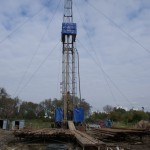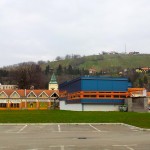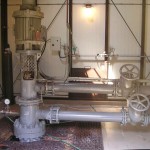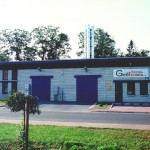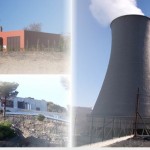Search Projects
x documents
-
Mórahalom
-
Minewater
-
Greenwell
-
Trnava Sereď
-
Lendava
-
Murska Sobota
-
Southampton
-
Nitra Šaľa
-
Trnava Galanta
-
Oradea
-
Podhale Region
-
Mazovia Region
-
Ferrara
-
Pomarance
-
Vicenza
-
Bóly
-
Hódmező-vásárhely
-
Alfortville
-
Aéroport de Paris – Orly
-
Amager
-
Coulommiers
-
Plessis Robinson
-
Sønderborg
-
Thisted
-
Bavaria Sauerlach
-
Bavaria Unterhaching
-
Decin district heating


